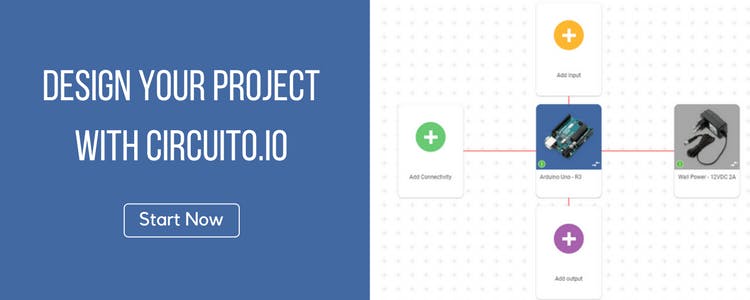How to Use a Rotary Potentiometer to Keep Your Office Neighbors Away
Open-plan offices are becoming more and more popular. Their advantages are clear: they free employees from their cubicles, enabling them to work in a more open and collaborative space; However, some people find it harder to focus and maintain their productivity when they have too many distractions around, especially when their colleagues are constantly moving at the edges of their peripheral vision.
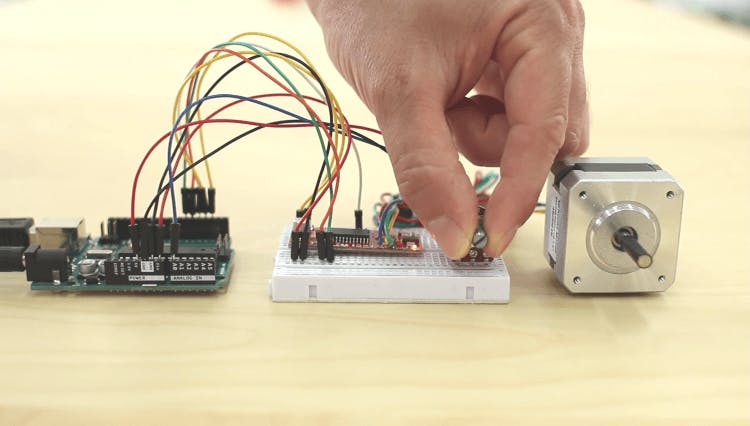
Today's project is all set to try and help remedy the problem - an electronically controlled roll down blind/separator. This solution will help section-off your workspace and give you the chance to regain a bit of privacy and "Personal space" even when you're working in an open-plan.
Whether you're working on a confidential report or planning a secretive prank on your co-workers, our Arduino controlled 'office shield' build will help you maintain focus on your work (or scheming) by helping you filter out the distractions around you, as well as providing a fairly clear indicator to colleagues that you would prefer not to be disturbed at this time.
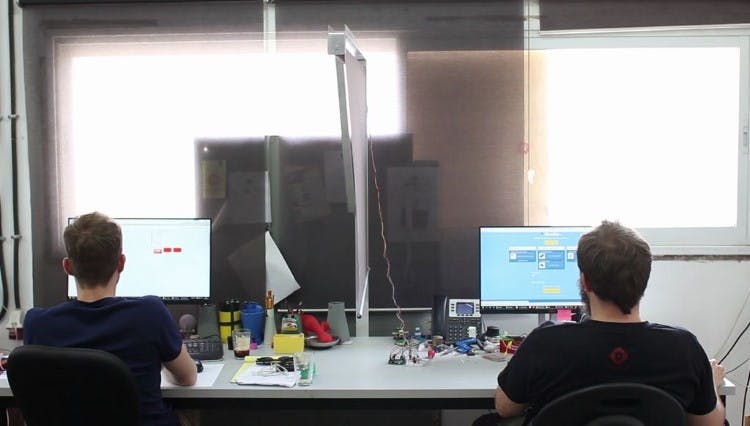
Putting it together
Because of the amount of work that needs to go into preparing and assembling the actual frame is quite substantial, this project is recommended primarily for those who have already been working on their own creations for a while and already have all the usual DIY tools and equipment on hand already, such as a vice, a saw, and a drill.
For a detailed breakdown of the electronics required and the code you'll need to get build off the ground, you can use our specialized design tool by clicking here.

Mind being a Misanthrope?
What we've demonstrated here is just a simple proof of concept that we whipped together in a few hours. With the right materials and plans, there are plenty of ways you could potentially customize your set-up to better suit your needs. Right off the bat, you may want to consider a thicker material to use for the actual blind as ours was quite thin, providing some privacy, but still see-through. You could also consider making a larger frame to provide larger coverage or perhaps even a frame that wraps around your workstation, though whether your supervisor or HR would be okay with the idea of you isolating yourself in such a way is something you may want to clarify beforehand.
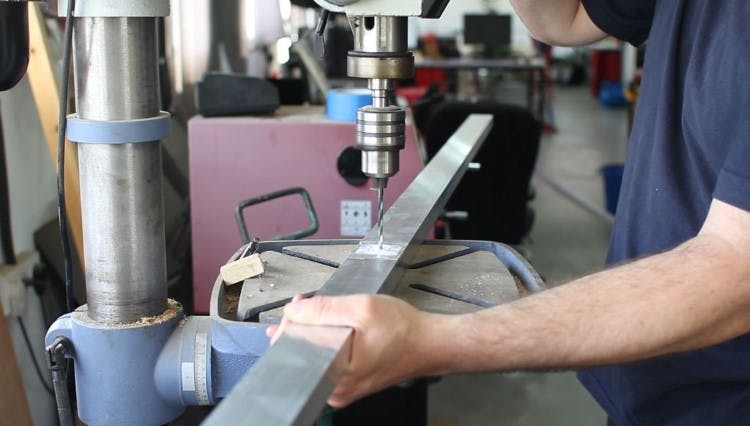
If you want to take on a bigger challenge you could work on making the frame foldable so that when not in use it can be folded away neatly. For bonus points, you could even create a separate motor assembly to handle the deployment of the frame when you want to use the Neighbor Shield. Wow, that would be awesome!
Potentiometers Are Cool!
A lot of creators often prefer switches right from the novice levels when they first started out making their own electronics projects, and tend to overlook rotary potentiometers due to their more niche applications. However, while a switch is great for binary actions like switching something on or off, a potentiometer is great when you want to have more control over your device's operation and performance. A potentiometer allows you to slowly increase the performance of your creation by turning the potentiometers control surface, similar to turning up or turning down music via a volume control knob (which is in fact also a potentiometer).
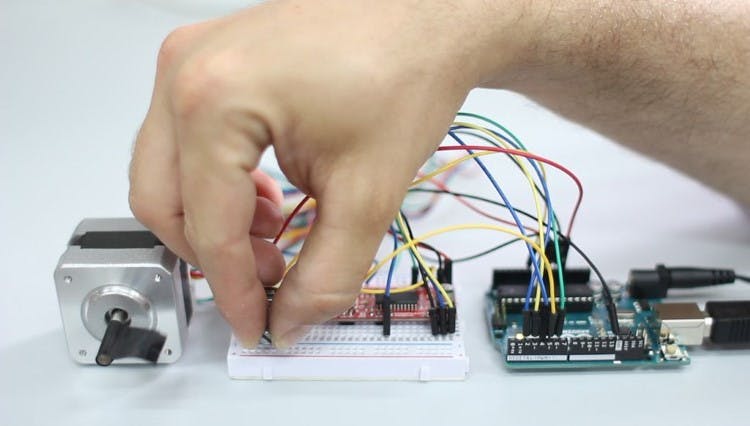
There are probably quite a few projects you could work on where a potentiometer would add a bit of additional sophistication to what would have otherwise used a more simple switch assembly. For example, you could create a light dimmer switch or maybe a fan or cooling system controlled via a rotary potentiometer. You could even potentially create objects set to run through various configurations depending on which position you set on your device control system's potentiometer to.
Create your own
While builds like these do require quite a lot of fabrication work to put together, they are still a lot of fun to build, as well as being super useful around the office, in this particular case. Let us know what you thought of this Arduino build. Did you try it out for yourself? Or create your own build with some interesting modifications, or maybe even create your own unique project using the rotary potentiometer that we used to trigger alternative actions? Why not share some images or videos of your work with the rest of the community in the comments.
